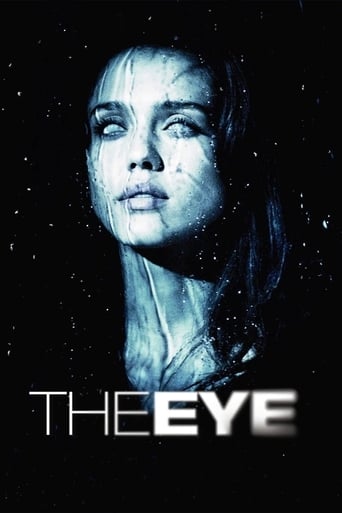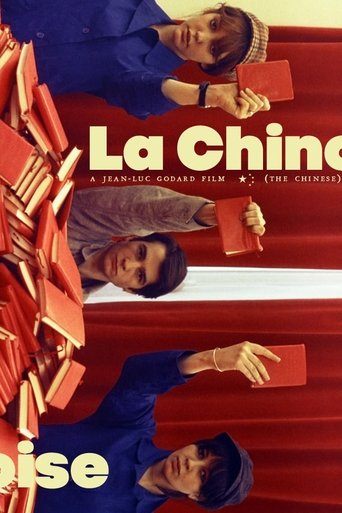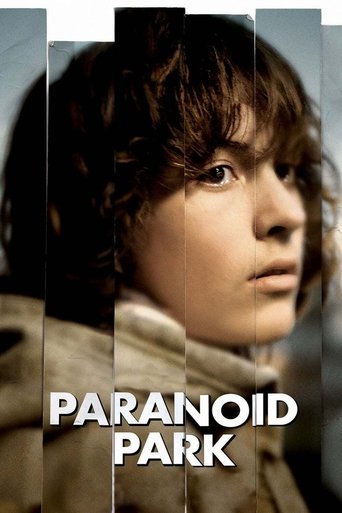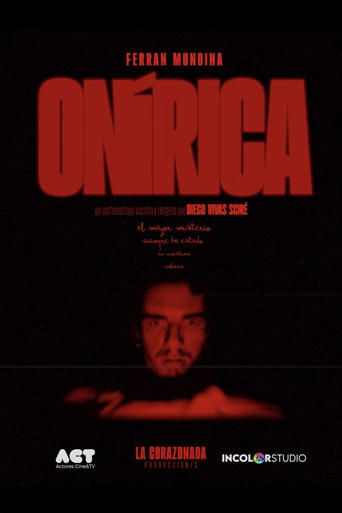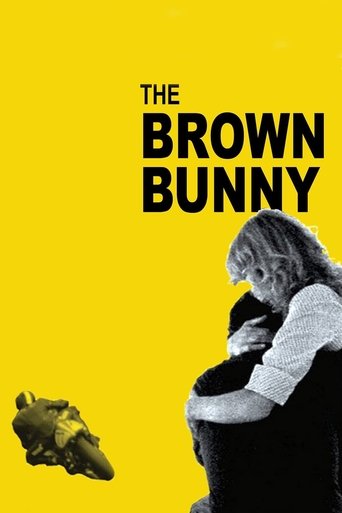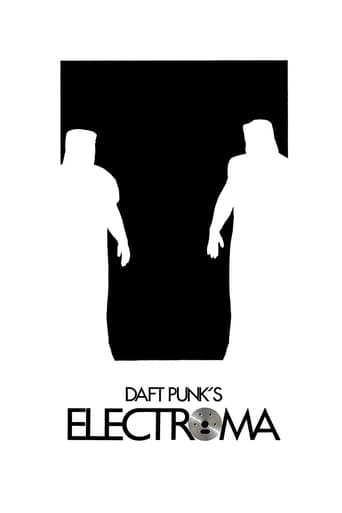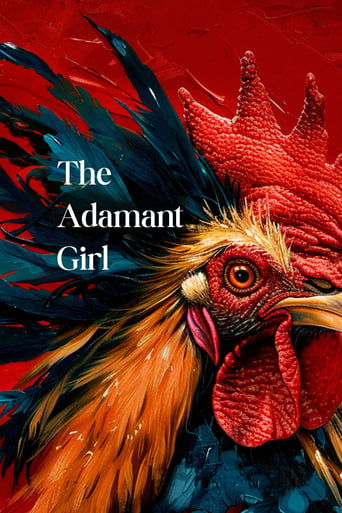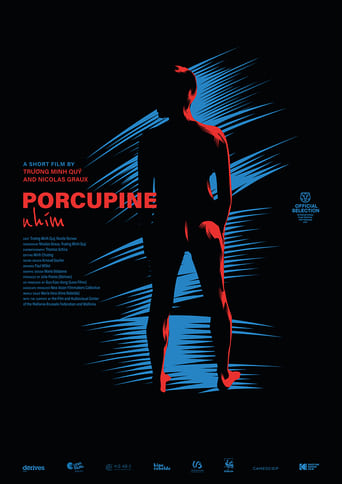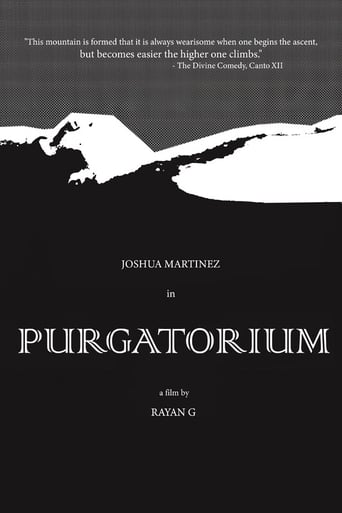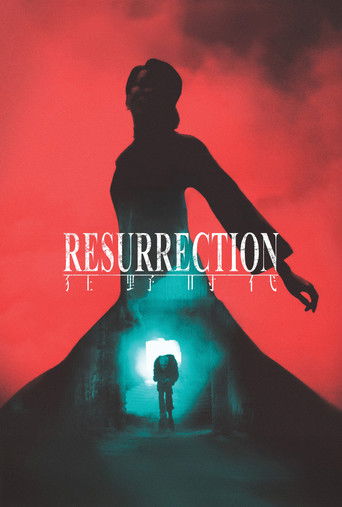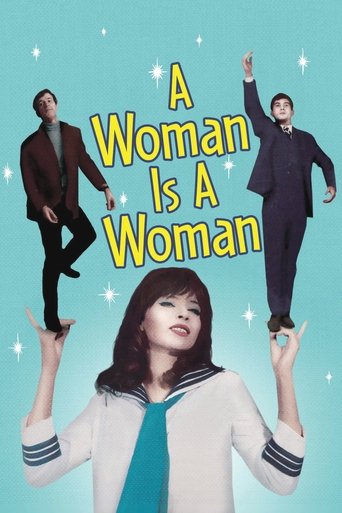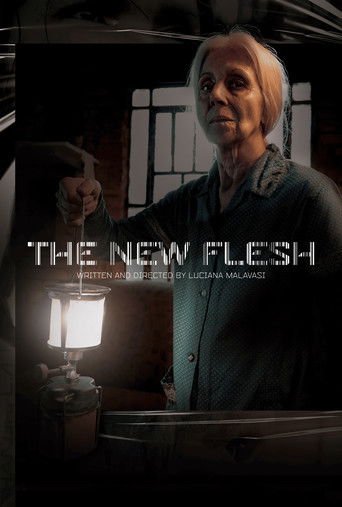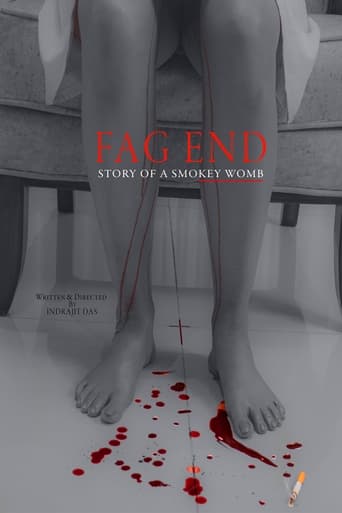
08 Mar 2024

Fag End
"Fag End" is an astute representation of the metaphorical death of a mother. The movie revolves around a girl named 'Tania', a victim of smoking and alcohol abuse, going through the process of In vitro fertilization. When it comes to alcohol and smoking, an abuser is overlapped with the tendencies of both alcoholism and chain smoking wherein one is subjected to intense cravings, followed by untoward mental as well as physical detention. Things go downhill one morning, as she relapsed the night before and she suffers a miscarriage. Does it not leave us with the raucous screams of the unborn?

